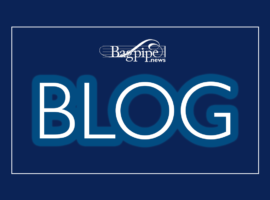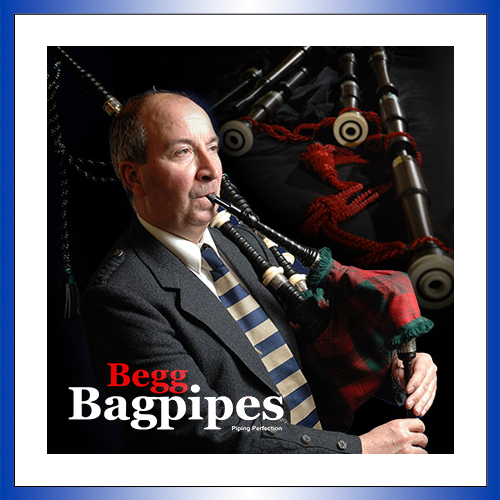Today we begin an occasional series looking at the stories behind some of our well known tunes. We kick off with Pibroch of Donald Dubh, an old tune that was originally a pibroch but which was developed subsequently into ceòl beag (there are excellent march, jig, reel, quickstep and hornpipe […]
Features
Dan Nevans: The spirit of rock ‘n roll
Whoa, whoa, whoa! Don’t start reading this blog yet. Go to Spotify and bang on this playlist here. No shuffling. Play as it is from end to end. At a volume that will get you an ASBO (that’s an Anti-Social Behaviour Order for those not familair with Scotland’s crime legislation). […]
We should not overstate the differences in our playing styles
Differences in playing styles is the subject of this opinion piece taken from the December 2004 Piping Times. By Duncan Watson A number of years ago while discussing the various aspects of The Unjust Incarceration with the late Donald Morrison, he related what I found to be an interesting story. […]
The structure of piobaireachd, 1
By Captain John A MacLellan MBE Piobaireachd, or ceòl mòr as many pipers prefer to call it, can be classified under various headings, all of which have some effect on the production of the music. Some of these classifications are more important than others. Probably of least importance, is the […]
The structure of piobaireachd, 2
By Capt. John A. MacLellan MBE We have seen in the previous article on the structure of piobaireachd how the various classifications which are part of ceòl mòr influence its meaning. Pipers do not necessarily recognise the same elements in a piece of music. To some, a lament may appear […]
The structure of piobaireachd, 4
Playing a piobaireachd By Capt. John A. MacLellan Now that the notation and structure of piobaireachd has been explained it is time to consider methods of producing a musical performance. The first consideration must always be the tuning of the bagpipe. As piobaireachd music produces many long notes it is […]
The notation of piobaireachd
By Capt. John A. MacLellan MBE All piobaireachd available to pipers today, the exception of reprints, are abbreviated. Strangely, this innovation can be traced to Angus MacKay (just other example of his brilliant musical mind). His manuscript, as far as the piobaireachd volumes are concerned, is largely abbreviated. The piobaireachd […]
The structure of piobaireachd, 3
By Capt. John A. MacLellan MBE The next phrase patterns to be discussed are those which incorporate the TERTIARY grouping. This title just signifies a third classification. The main characteristic is, that each of the three lines are of equal length, (remember both “Primary” and ‘’Secondary” had a metre of […]
The pipe – solo or band instrument?
David V. Kennedy from Sacramento in California had this article published in the February 1980 edition of The International Piper. Clearly, pipe bands have come a long way since 1981 and the medleys heard today are beyond those of heard in David’s day but his central theme is something that […]
The 1743 Lord Lovat-David Fraser piping indenture
Few, if any, documents connected with the early history of piping have been more frequently cited than the 1743 indenture in which, as writer after writer has claimed, the Jacobite Lord Lovat of the ’45 agreed to send his servant, David Fraser, “to the Isle of Skye in order to […]








